- 路 Microwave
- 路 Atmospheric Pressure Microwave 路 Pressure Microwave 路 Parallel Microwave
- 路 Ultrasonic 路Low Temperature Ultrasound
- 路 Ultraviolet Light
- 路 Microwave Heating 路 Atmospheric Pressure Synthesis 路 Atmospheric Pressure Catalysis 路 Atmospheric Pressure Extraction
- 路 Sample Preparation 路 Microwave Digestion
- 路 Soil Digestion 路 High Pressure Synthesis
- 路 Solid Phase Synthesis
- 路 Organic Synthesis
- 路 Ionic Liquid Synthesis
- 路 Degradation Of Natural Organic Matter
- 路 Natural Product Extraction / Purification
河北祥鹄科学仪器有限公司
214 Efficient degradation of carbamazepine by easily recyclable microscaled CuFeO2 mediated heterogeneous activation of peroxymonosulfate
This paper, written by researchers from South Central University for Nationalities and others, discusses Efficient degradation of carbamazepine by easily recyclable microscaled CuFeO2 mediated heterogeneous activation of peroxymonosulfate. The paper is published in an important journal < Journal of Hazardous Materials >. IF:6.434.
In recent years, the research work of microwave chemical instrument used in the synthesis of materials has become a hot direction of scientific research, which has been paid great attention to by many scholars!
Microscaled CuFeO2 particles (micro-CuFeO2) were rapidly prepared via a microwave-assisted hydrothermal method and characterized by scanning electron microscopy, X-ray powder diffraction and X-ray photoelectron spectroscopy. It was found that the micro-CuFeO2 was of pure phase and a rhombohedral structure with size in the range of 2.8±0.6 μm. The micro-CuFeO2 efficiently catalyzed the activation of peroxymonosulfate (PMS) to generate sulfate radicals (SO4 •-), causing the fast degradation of carbamazepine (CBZ). The catalytic activity of micro-CuFeO2 was observed to be 6.9 and 25.3 times that of micro-Cu2O and micro-Fe2O3, respectively. The enhanced activity of micro-CuFeO2 for the activation of PMS was confirmed to be attributed to synergistic effect of surface bonded Cu(I) and Fe(III). Sulfate radical was the primary radical species responsible for the CBZ degradation. As a microscaled catalyst, micro-CuFeO2 can be easily recovered by gravity settlement and exhibited improved catalytic stability compared with micro-Cu2O during five successive degradation cycles. Oxidative degradation of CBZ by the couple of PMS/CuFeO2 was effective in the studied actual aqueous environmental systems.

Fig.1/4↑
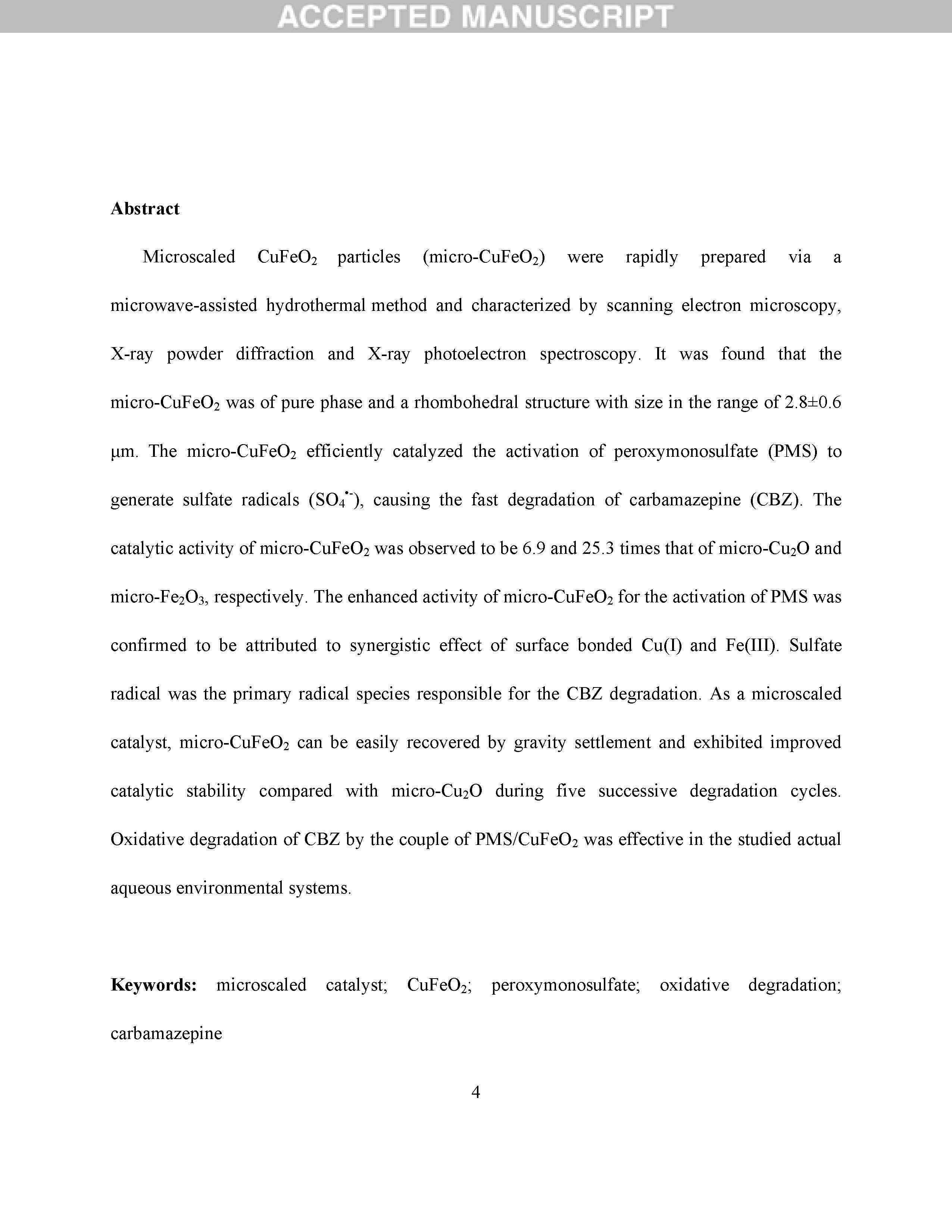
Fig.2/4↑

Fig.3/4↑

Fig.4/4↑
In summary, CuFeO2 microparticles were prepared and used as a heterogeneous catalyst of PMS, which exhibited much higher catalytic activity towards the degradation of CBZ in the presence of PMS in comparison with Fe2O3, CuO and Cu2O as catalysts. By using 0.5 g L-1 CuFeO2 microparticles and 0.2 mmol L-1 PMS, 100% of the added CBZ (20 mol L-1) was degraded in 30 min. Moreover, a TOC removal of 67.7% for CBZ degradation was achieved by adding 1.5 mmol L-1 PMS. Sulfate radical was identified as the major radical species responsible for the CBZ degradation. The XPS analysis, ESR tests and other experimental results indicate that the high catalytic activity of CuFeO2 microparticles is attributed to the synergistic effect of Cu(I)/Cu(II) and Fe(II)/Fe(III) redox pairs.
CuFeO2 microparticles were prepared by a microwave assisted hydrothermal method according to a previous report [49]. In a typical synthesis, 0.01 mol Cu(NO3)2·3H2O and 0.01 mol 10 Fe(NO3)3·9H2O were dissolved in 55 mL distilled water to form a clear solution, and then 15 mL of 0.2 mol NaOH was added dropwise into the solution with stirring, followed by ultrasonication for 10 min and further stirring for 20 min to get a colloidal suspension. After 1 mL of propionaldehyde was added into the suspension as a reducing agent, this suspension (71 mL) was transferred to a 100 mL autoclave, sealed and heated in a microwave oven (XH-800C, Beijing XiangHu science and Technology Development Co. Ltd, China) to 100 °C with a heating rate of 10 °C min-1, and then to 180 °C with a heating rate of 5 °C min-1, and maintained at this temperature for 60 min, and then cooled down naturally to room temperature. The solid products were collected by filtering and washed with distilled water several times, then dried in air at ambient conditions. Cu2O and Fe2O3 samples were prepared similarly by individually using Cu(NO3)2 and Fe(NO3)3 as a precursor, respectively. CuO microparticles were prepared by the thermal treatment of Cu2O microparticles at 500 °C for 2 hour.








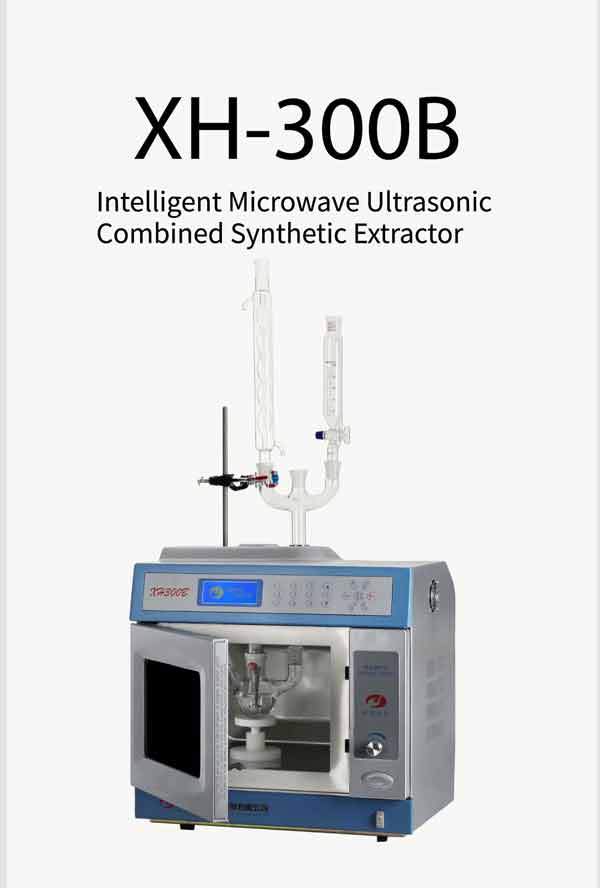

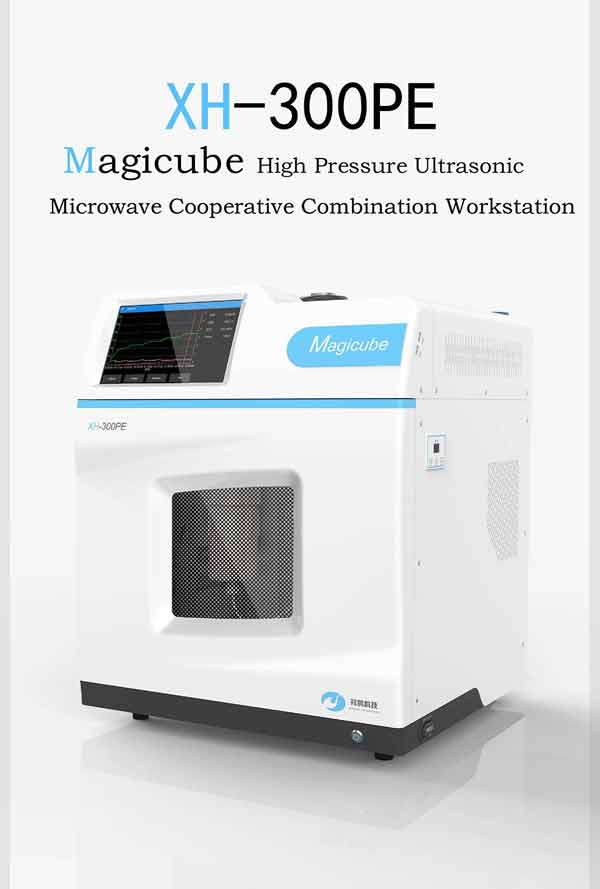
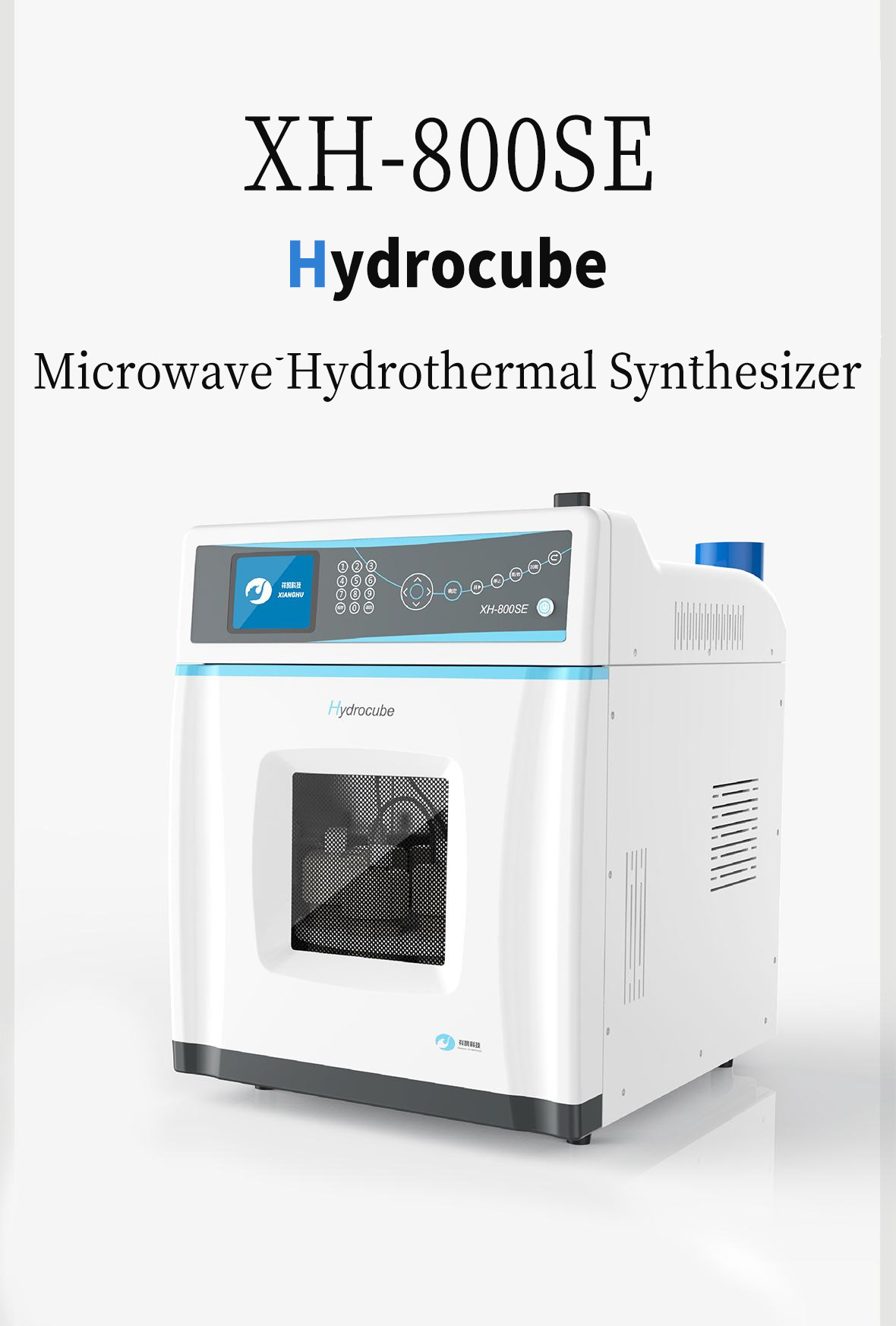
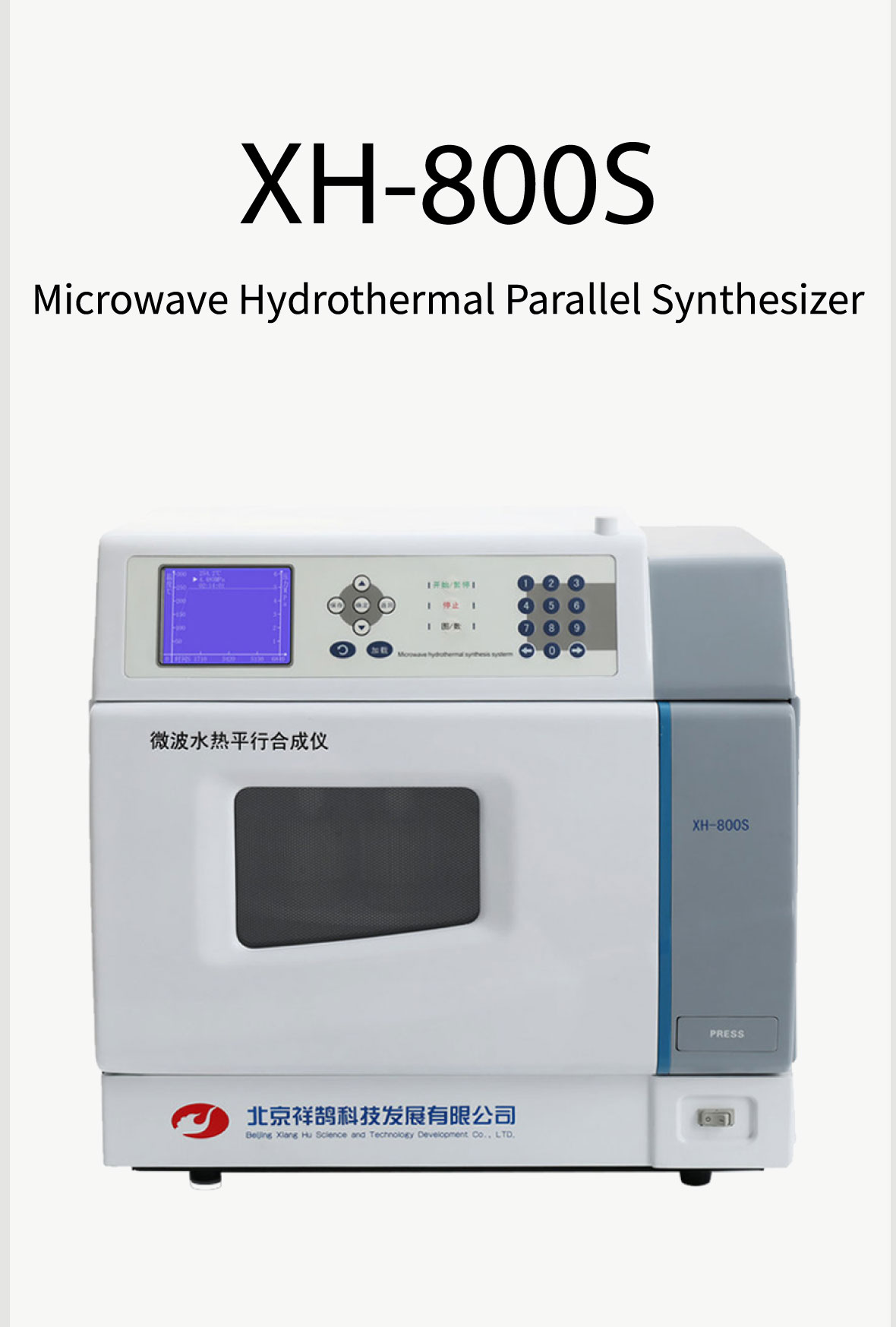
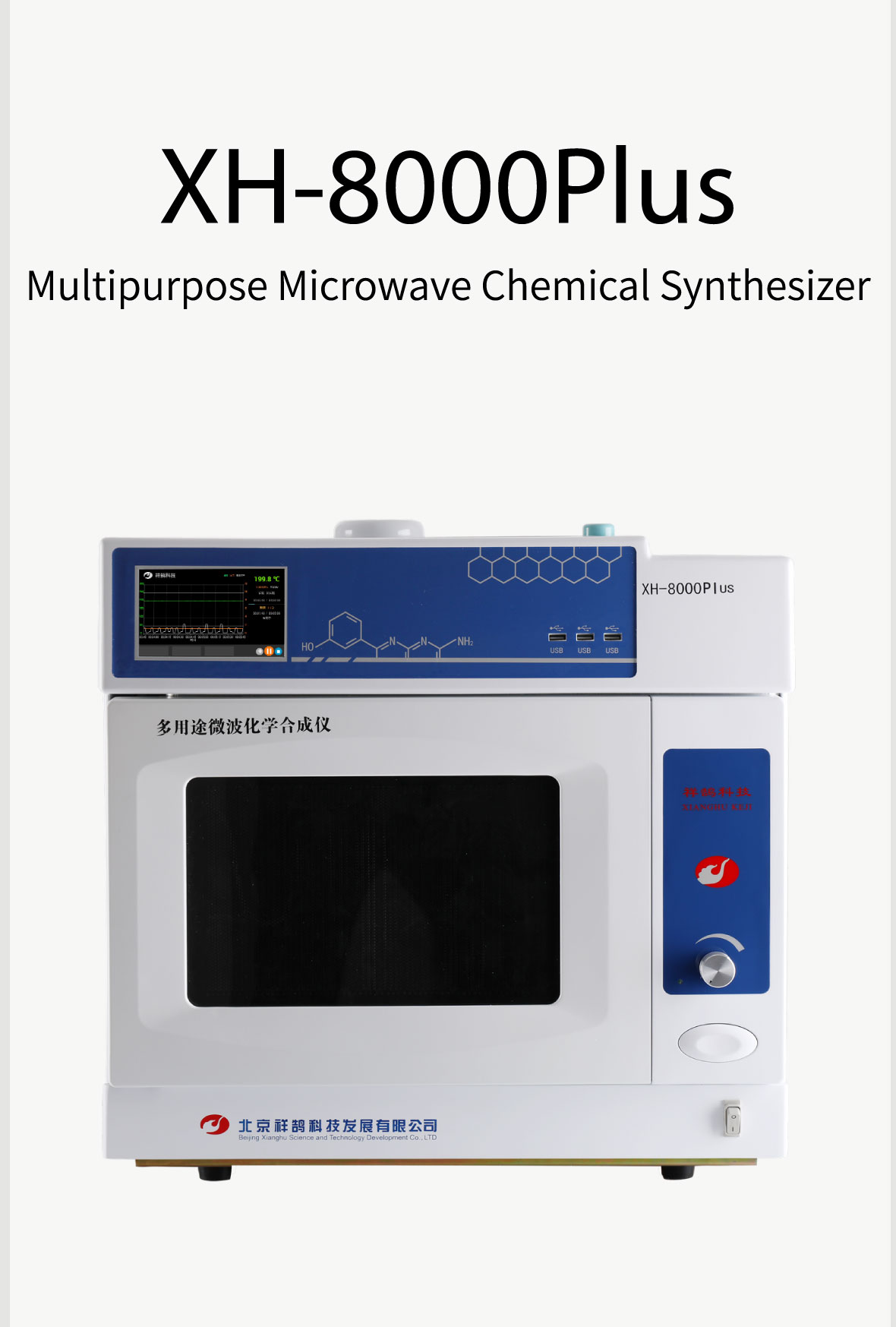
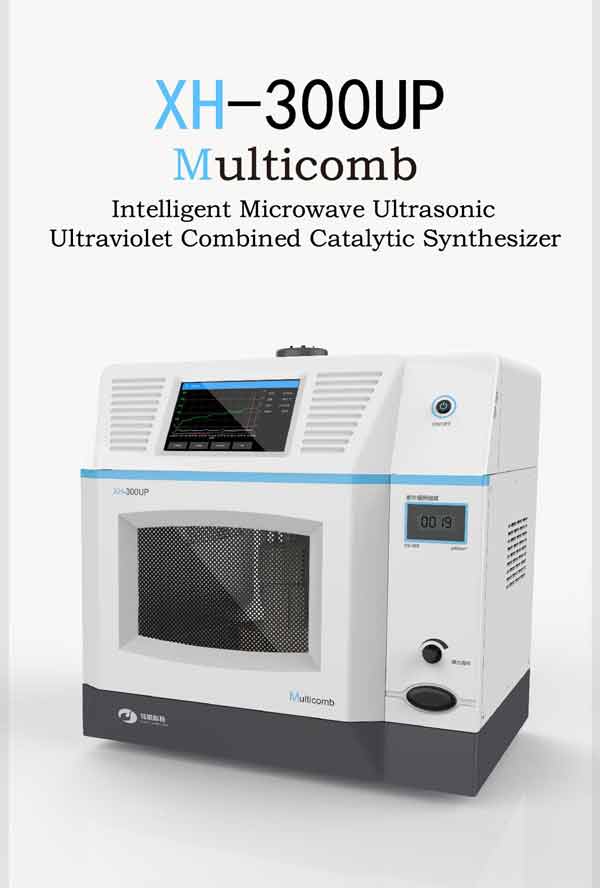
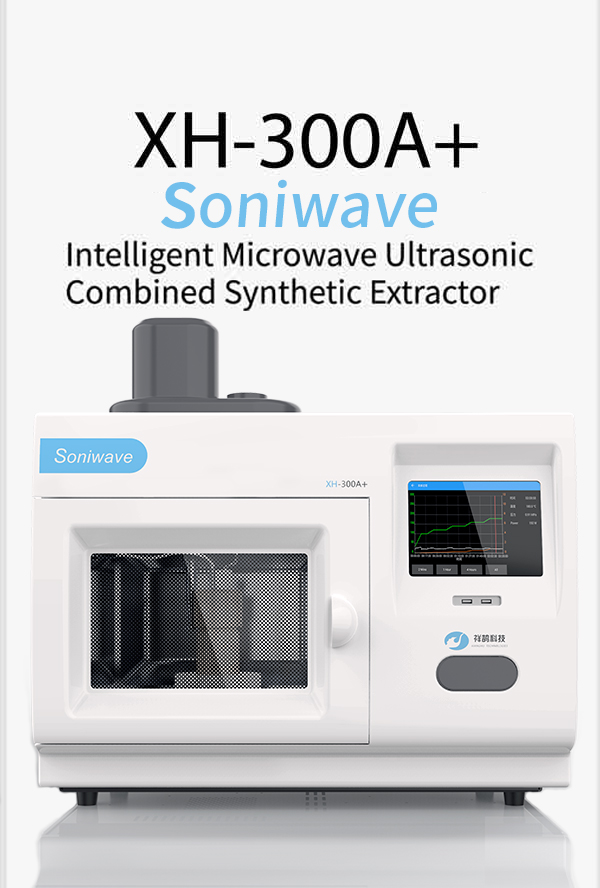

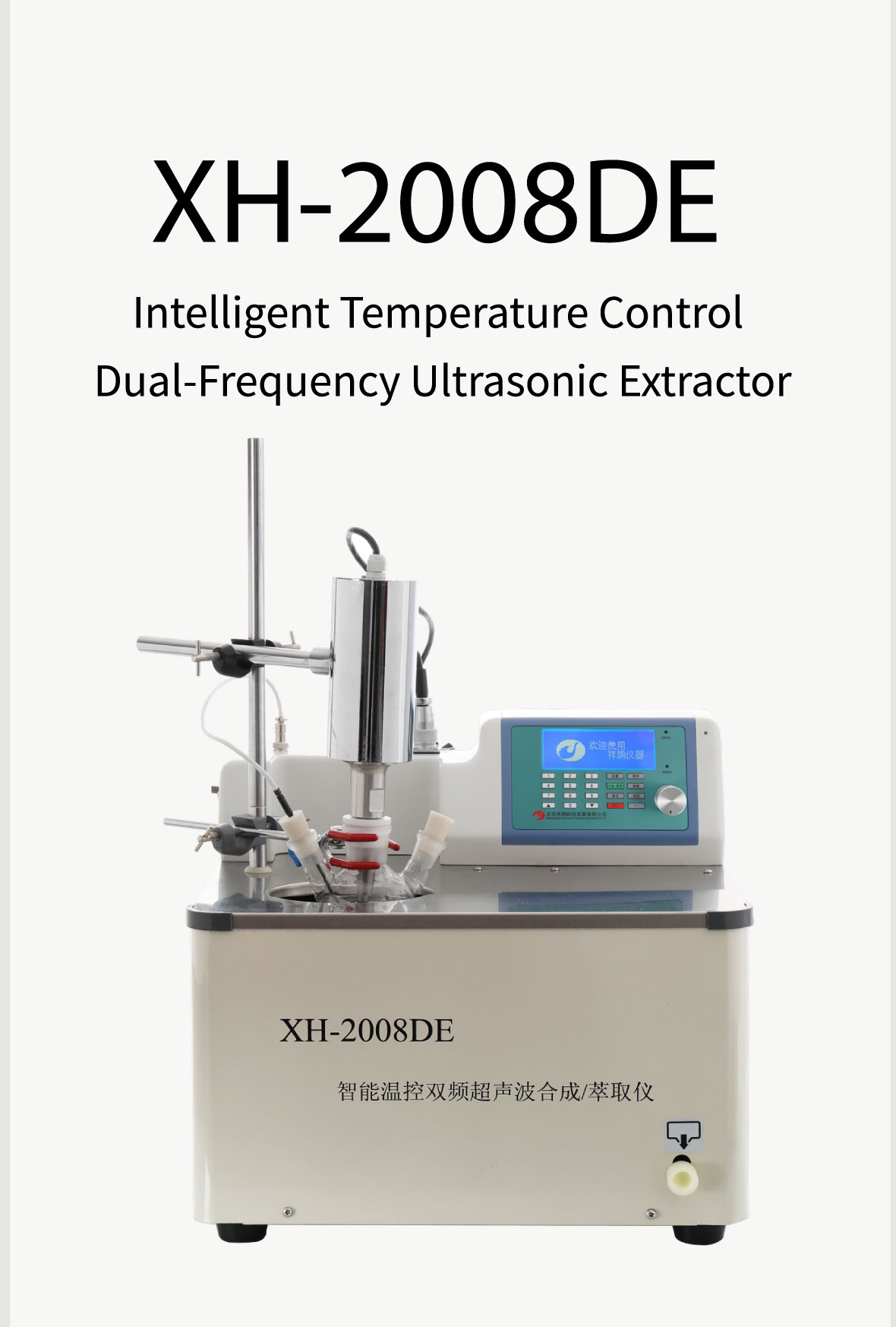



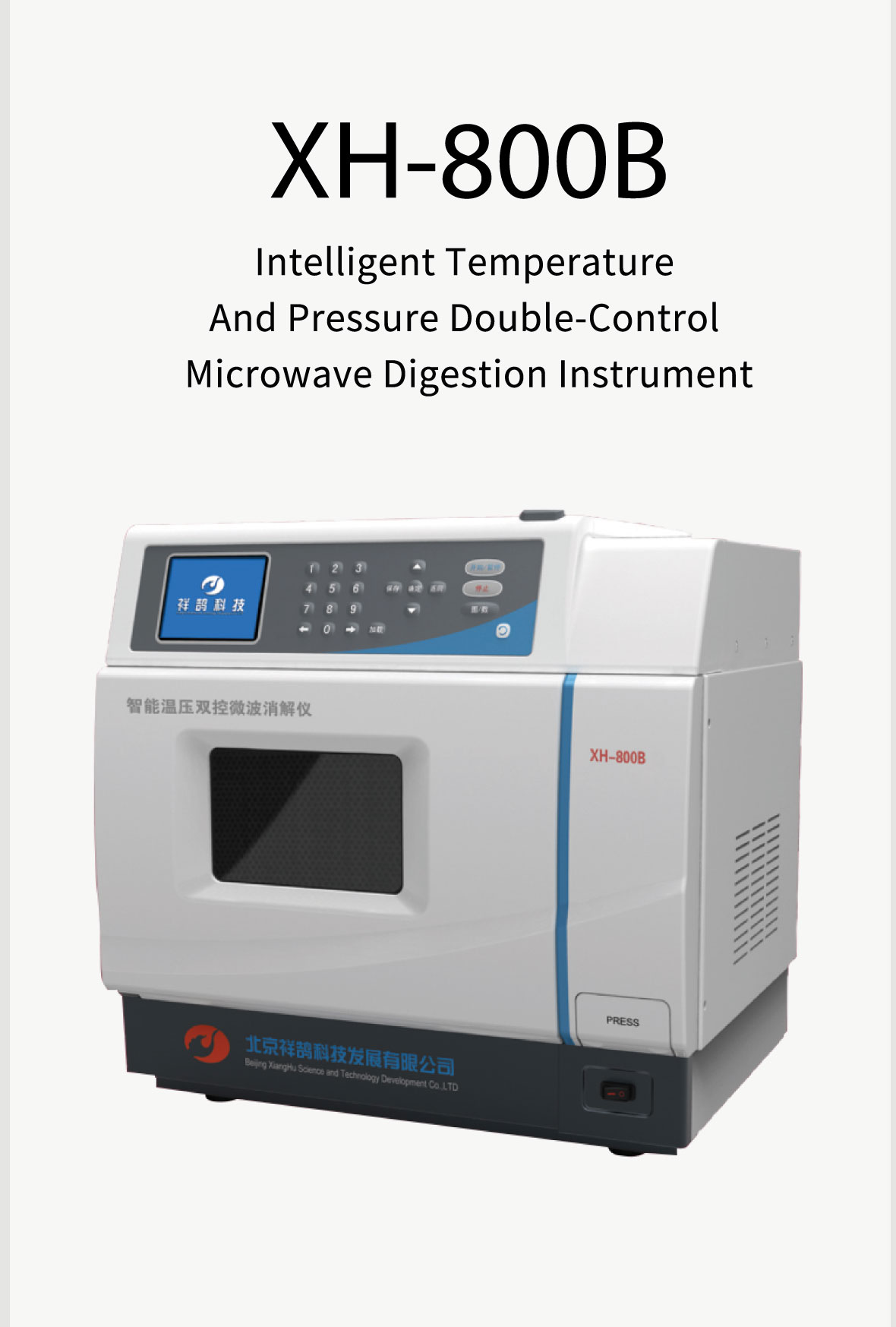

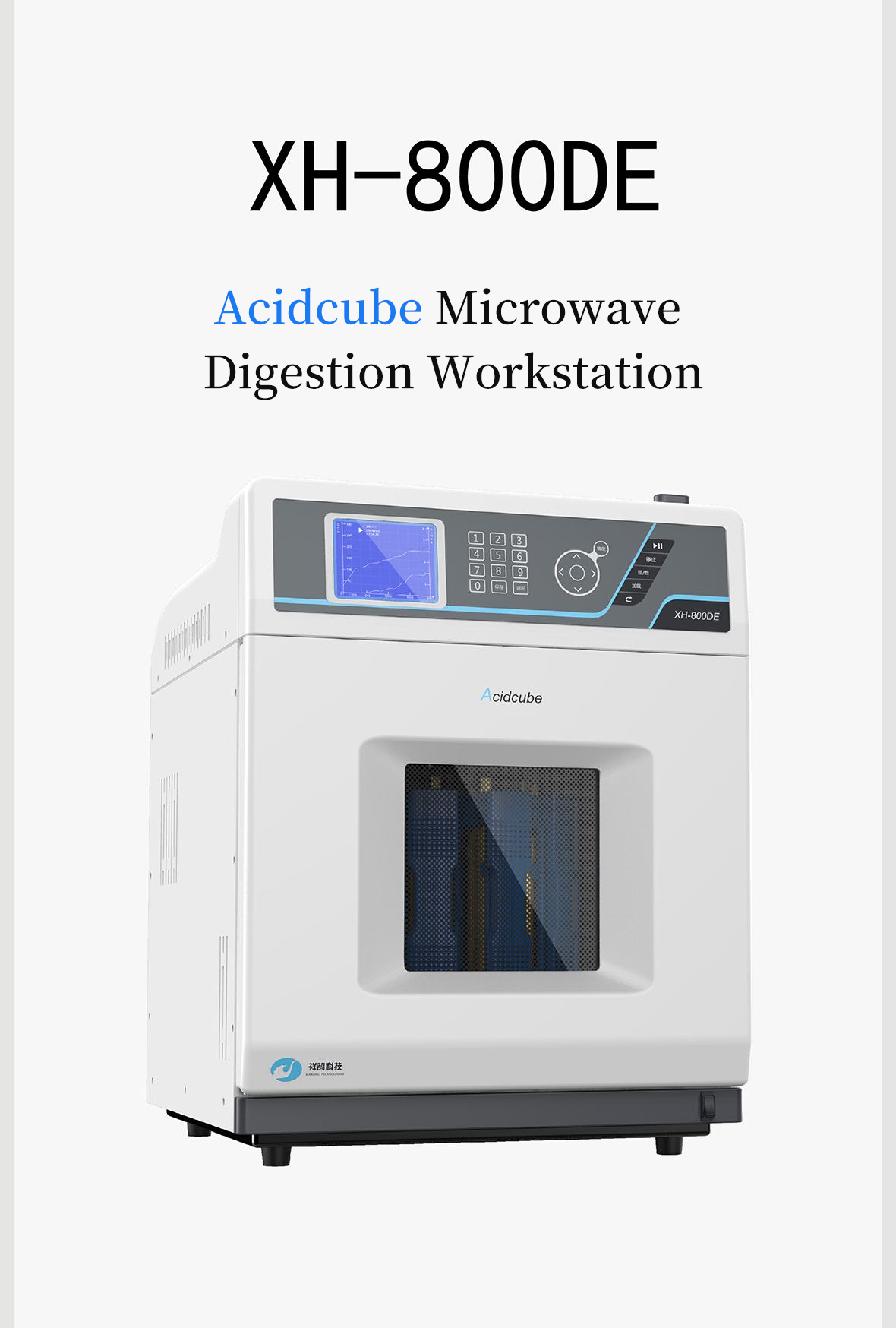

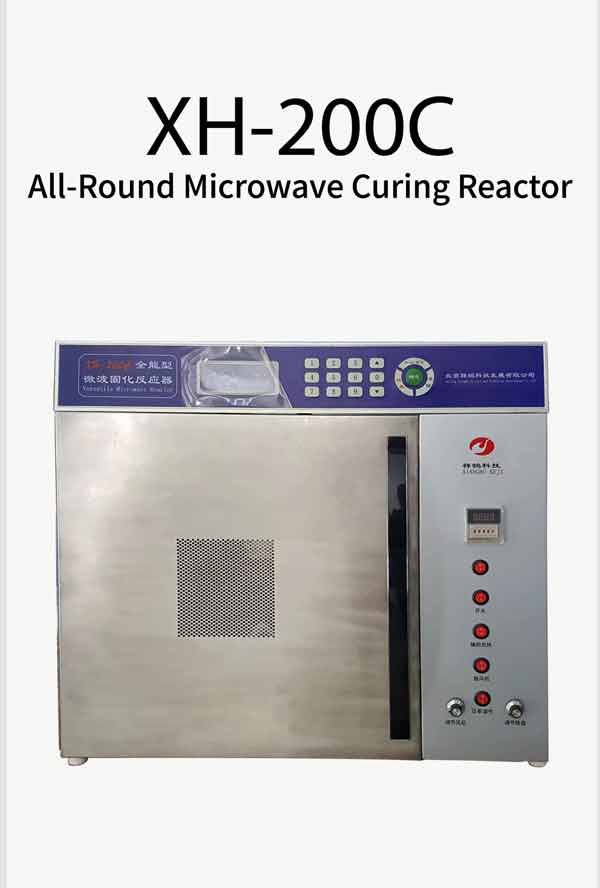
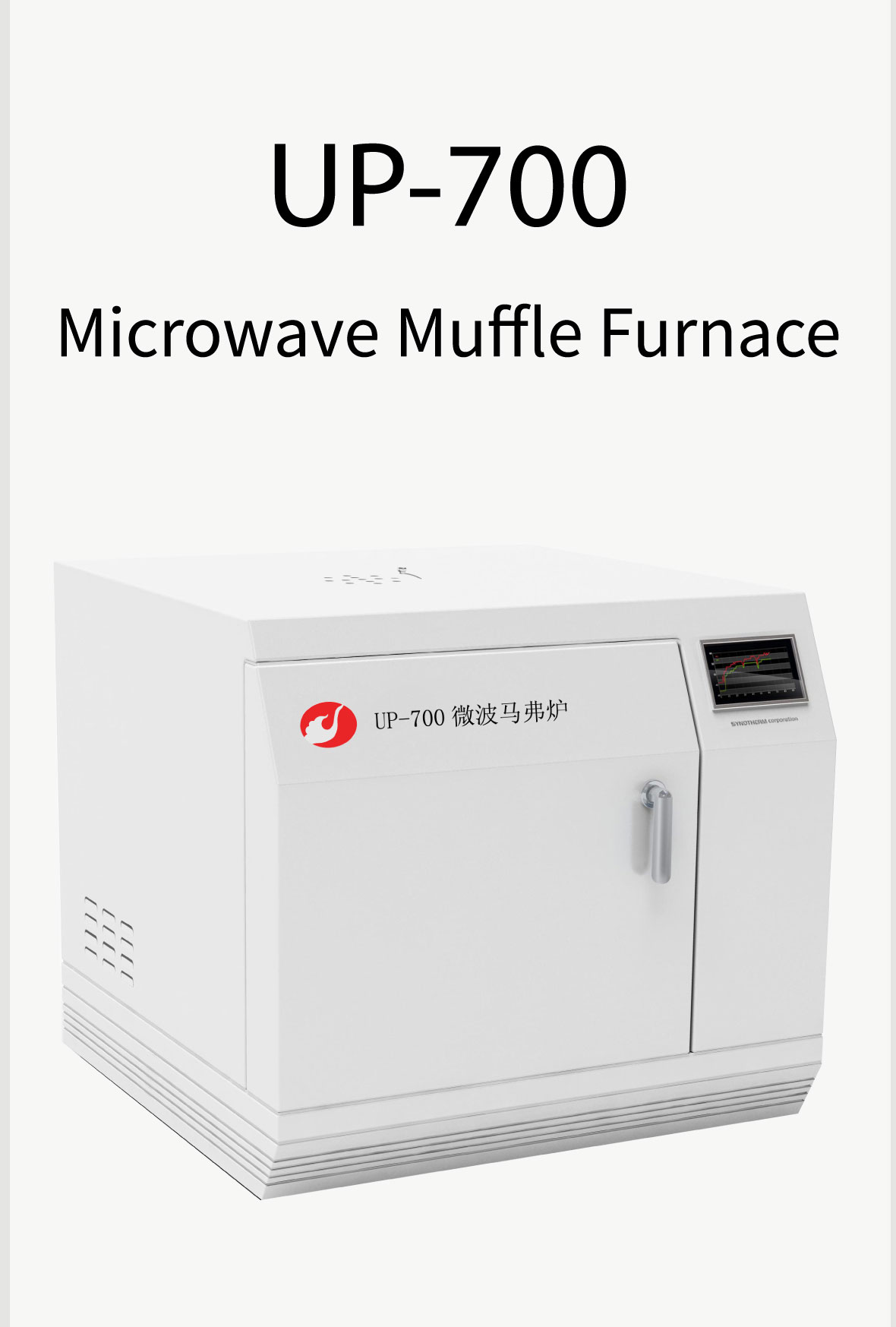

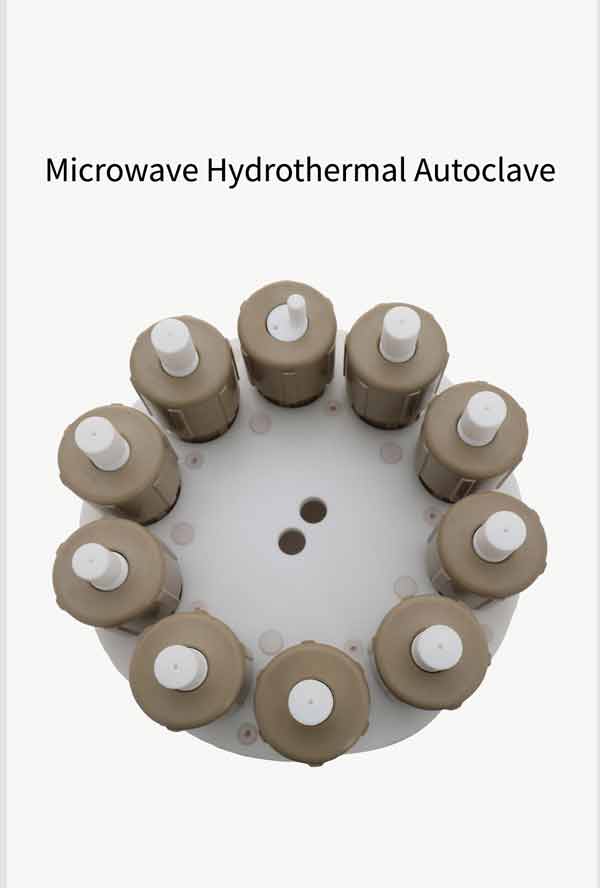




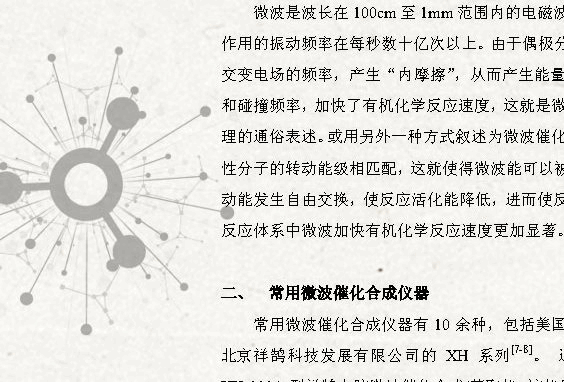

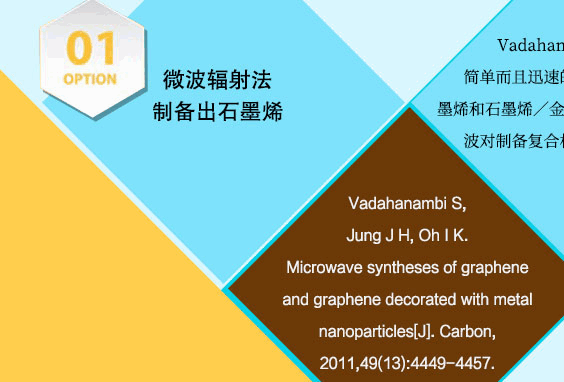
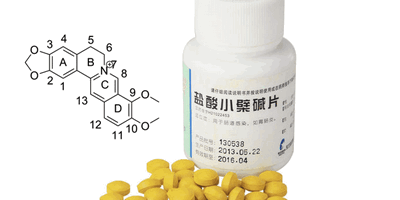


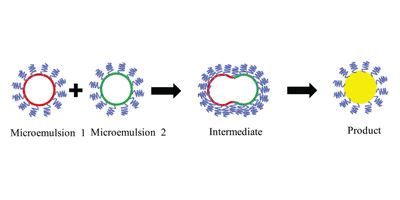
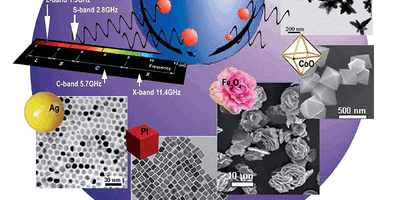
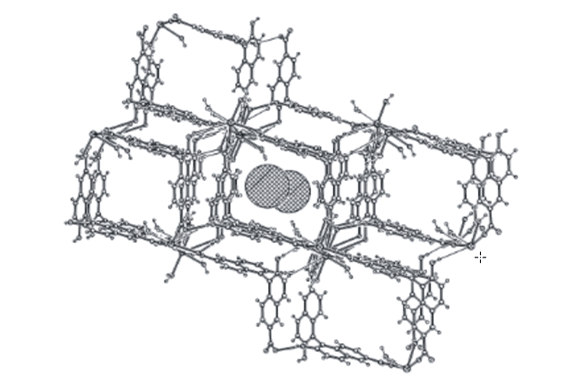
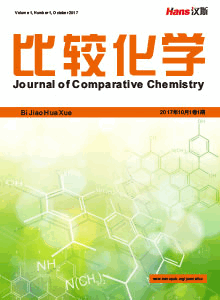
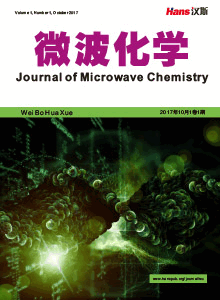





 京ICP备15050585号
京ICP备15050585号

